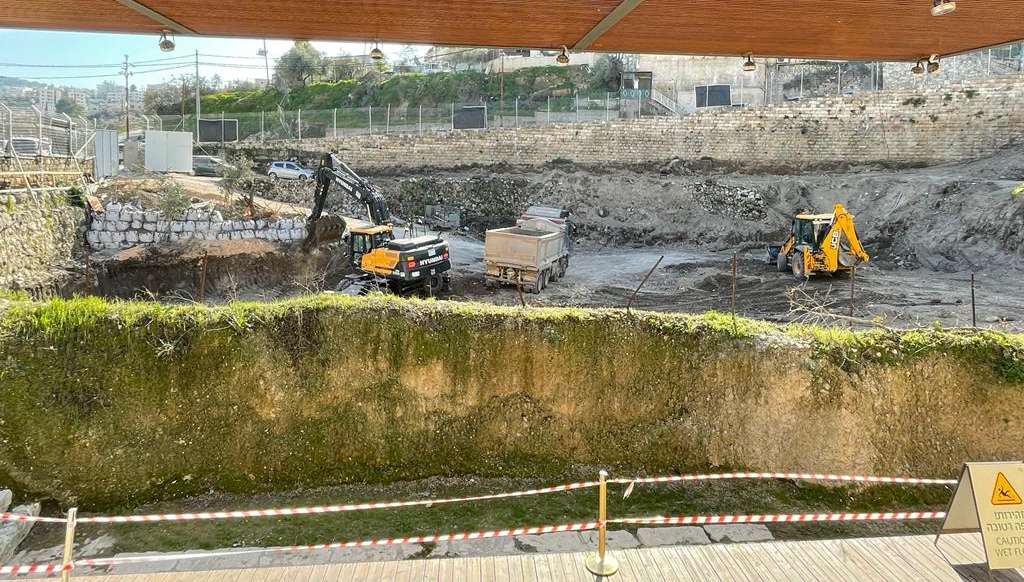A fire that caused damage to the Israel Museum is being investigated as an act of arson.
“A very rare 9,000-year-old stone mask hailing from the South Hebron Hills has gone on public display for the first time at the Israel Museum.”
The Megiddo Mosaic, evidence of one of the earliest Christian meeting places in Israel, will be going on display for the first time ever at the Museum of the Bible in DC.
A new study attempts to explain the purpose of a Roman road that was built from the Sea of Galilee across the Golan Heights but that avoided local villages.
Daniel Vainstub proposes that mmšt on lmlk seal impressions is not the name of the city but a reference to “a huge and unique ad hoc collection of agricultural products initiated by King Hezekiah as part of his preparations.”
The Jerusalem Post has a short story about Jewish presence in Rafah, long before it belonged to the “Gaza Strip.”
Jodi Magness is guest on the What Matters Now podcast, speaking about Jerusalem and her recently released book on the city.
Chandler Collins has rounded up the latest news, publications, and media about Jerusalem, with links to books, journal articles, book chapters and sections, pop media and blog articles, digital resources, developments, and upcoming events.
The Biblical Archaeology Society has announced its 2024 dig scholarship winners.
Alan Millard, longtime professor at the University of Liverpool, died on Wednesday.
HT: Agade, Gordon Franz, Arne Halbakken, G. M. Grena
